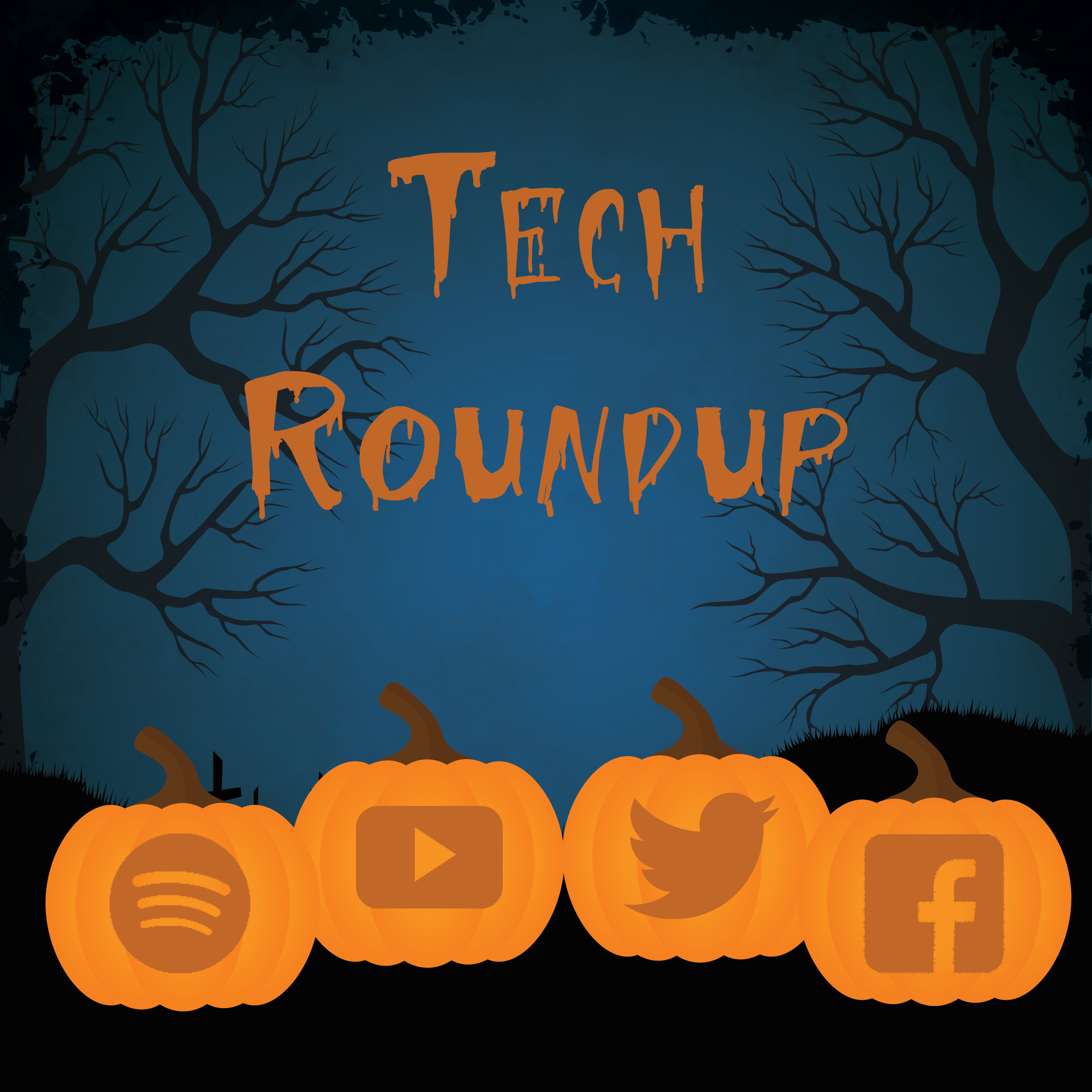The only thing greater than a grueling ghost story during this time of the year is diving deep into the cauldron of video technology’s top headlines. This month saw some freakishly fresh changes to major platforms like Spotify, Facebook, Twitter, and YouTube whose latest features will truly give you something to scream about. Just in case you missed out on some of the action, there’s no need to fear, Vydia is here to cover this month’s biggest stories:
Spotify Rolls Out New Emerging Artist Program
Spotify is launching a new initiative to leverage its massive reach of over 140 million active users to help “ identify and break the next wave of music superstars”. The program, called RISE, will utilize Spotify resources to spotlight and promote four artists, hand-picked by Spotify. Each artist will receive a “multi-tiered marketing campaign’ that includes Spotify platform, out-of-home, digital, and social media promotion as well as custom mixed-media RISE playlists. Spotify will also create specialized and experiential live events for each artist in addition to developing custom original audio and video content that further explores the backstory of each rising star. Spotify has even secured a partnership with Delta Airlines, who will feature RISE artists on their aircraft seatbacks through their Delta Artist Spotlight program. Through RISE, Spotify plans to support 16 emerging artists each year, adding four newcomers every few months. The first four artists to make the RISE roster include electro-R&B star Lauv, German pop dynamo Kim Petrak, country artist Russell Dickerson, and rapper Trippie Redd. RISE is currently available in the U.S., Canada, and the U.K.
Facebook Beefs Up VR Hangout App Spaces
Facebook has added a handful of new features to draw a bigger audience to its virtual reality hangout application, Spaces. The first update permits users to bring their own photos and videos from the Facebook platform into Spaces to share with their friends. Facebook also announced that users will be able to stream their existing library 360-degree video from within the app. Additionally, Spaces users will be able to live stream their VR experience and share it not only within the app but also on the original Facebook platform. It is important to note, however, that live streaming on Spaces will continue to appear to viewers in 2D. The most notable upgrade to this VR application is the introduction of 3D posts. Within Spaces, users can now design their own interactive and 3D objects, using Spaces’ new creative tools. These images can exist in VR as a virtual objects places in real-life scenery or users have the option to post them on Facebook’s original platform as standalone 3D posts, viewable in the standard newsfeed. Launched earlier this year, the Spaces app enables Facebook users to create their own customized avatars to engage with other users and their Facebook content in a VR world. Facebook will continue to upgrade this new technology, with the ultimate aim in mind to blend the immersive quality of VR will all of the social benefits of Facebook.
Twitter Introduces A New Video-Centric Ad Format
Twitter is now offering brands a new advertising format that utilizes the power of video to connect with consumers and drive action called Video Website Cards. These new video-centric ads will appear as a promoted tweets that will feature a customizable headline and a corresponding video that will autoplay within Twitter’s news feed. If a viewer taps on the smaller video clip, Twitter will enlarge the video and pull it to the top of the screen, while a corresponding website preview will load within the bottom portion of the screen. The video ads themselves can be optimized for different advertiser goals like video views, website clicks or brand awareness. Twitter has been testing these new ads in a private beta over the past few months and has noted that these new video ads were able to increase user retention by 60%. Additionally, one of its beta users, Jaguar found that Video Website Cards drove 25% more traffic to its website than tests that featured a static image. Due to its overall success during testing, Video Website Cards are now available to all advertisers globally.
YouTube’s Creator Studio Makeover
YouTube has revamped the design of its Creator Hub to provide a more informative and interactive platform for its video creators. The newly named, YouTube Creators Site, more visibly spotlights YouTube’s Twitter feed as well as creator-aimed blogs, to provide its users the most up-to-date and relevant information they may be looking for. YouTube will also have a separate news section dedicated to its Partner Program, so creators can stay informed about the best way to manage their content. The new website will also incorporate interactive widgets that will index content from YouTube Help Center. Additionally, YouTube will be launching its own video advice series, entitled “Master Class”, where top YouTube creators will cover a variety of topics like how to grow your YouTube audience or how to analyze YouTube channel data. If you are looking to expand your creative skill set while staying informed about top industry news referencing both YouTube Creators Site and Vydia’s blogs and Vydia University videos is the best strategy for a complete educational experience.
It’s no trick that we like to keep our video creators informed with top industry news so make sure you treat yourself to our weekly blogs and social media!
